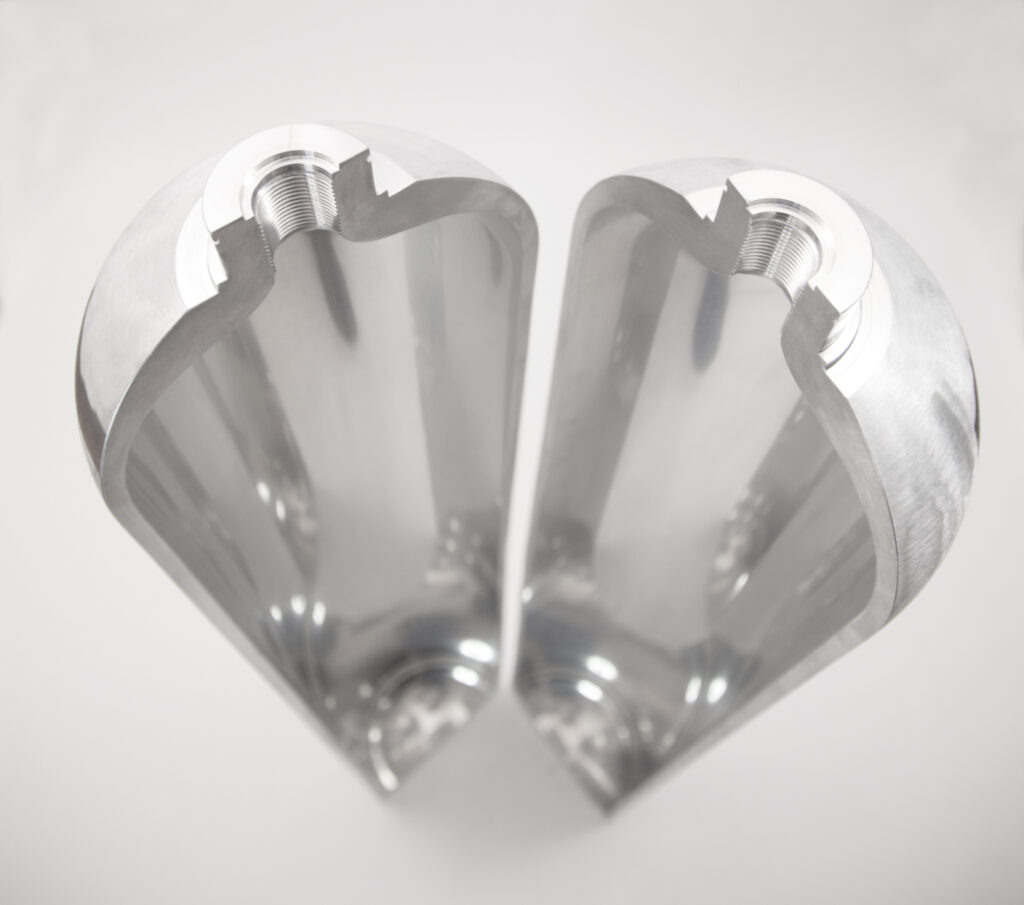US +1800 764 0366 | Europe & Middle East +44 (0)115 980 3800 | Asia-Pacific: +61 2 7227 5369
News:
Exceptional Engineering: Crafting Excellence in Manufacturing
Luxfer Gas Cylinders has been operating for over 80 years and has sites across the globe. With over 70 million Luxfer cylinders in use worldwide, the we continue to set industry standards in alternative fuels, aerospace, life support, and more. We have been recognised across the industry for a number of awards, cementing our company’s reputation as a leader in aluminum and composite gas cylinder technology and innovation. Here is a round up of awards the company and our team have been honored with since 2022:2022UK Regional: East Midlands Business Masters – Winner (International Trade)UK National: BCGA Outstanding Team - WinnerUK National: BCGA Rising Star Apprentice – WinnerUK National: Energy Awards – Finalist (Physical Technology of the Year: Oil, Gas and Fuel Cell)International: World Hydrogen Awards – Finalist (Hydrogen Industrial Application)2023UK Regional: Made in the Midlands – Finalist (Manufacturing Innovation)UK Regional: East Midlands Business Masters – Winner (Medium Business of the Year)UK National: BGCA Outstanding team - WinnerUK National: BGCA Rising Star Apprentice – WinnerUK National: Make UK Manufacturing Matters – Runner-up2024:UK Regional: Make UK Innovation Regional Award – Winner (Midlands and East)UK National: MX The Manufacturer Product Innovation Award – Winner2025:UK National: Make UK National Innovation Award – WinnerAchieving recognition across a number of awards in our industry is a fantastic achievement for our skilled, talented and dedicated team. These accomplishments reinforce the fact that our high-performance people, diverse product offering and industry-leading innovations are making an impact and helping to shape a safe, clean and energy-efficient world.



